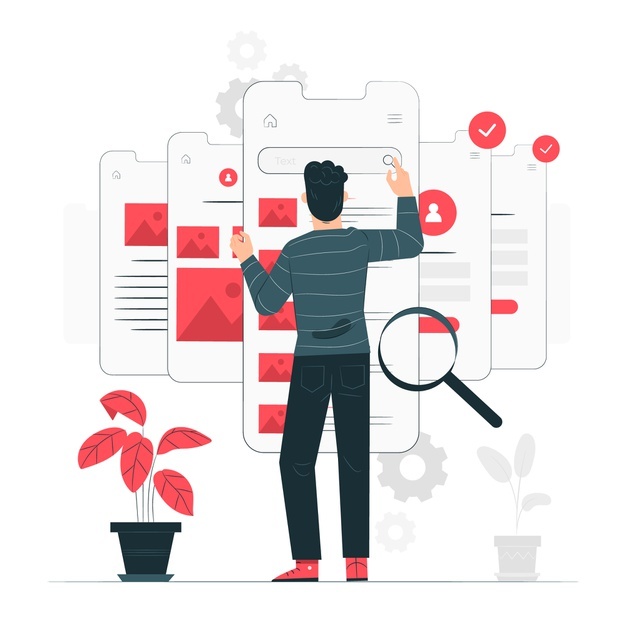Application Modernization
The practice of updating your older software for computer approaches like new languages, frameworks, and infrastructure platforms is Application Modernization. Depending on some other aspects, it can also be termed as Legacy Application Modernization of Legacy Modernization. In short, it is the process of leveling up with the latest world and updating your software from its traditional forms. The software development procedure is introduced to transform the older versions for the sake of better structural integrity, safety, and commendable performance when it comes to efficiency.
The foremost significance of Application Modernization is that it extends the lifespan of your company’s applications. You do not need to give up on the existing system that is the very source, and at the same time, there is no requirement for replacement. The best part is, you are taking all the benefits of the latest innovations!
Application modernization helps your company to save a lot on the investment front. You cannot take the advantage of contemporary infrastructure, languages, tools, and other technical procedures unless the software portfolio is refreshed. In short, an accurate modernization of your applications can digitally transform your entity.

For every accurate procedure, there are certain steps or patterns to be followed. Similarly, when it comes to Application Modernization, there are a few common patterns: Lift and shift, refactoring, and re-platforming.
Lift and shift are also known as ‘rehosting’. The tech world has named this process as ‘lift and shift’ due to its nature of moving an existing application from a legacy environment to a newer infrastructure. This new infrastructure can be a public cloud platform. In layman’s language, you are just moving the application from its original form to its architecture with really little or zero changes. There can be other options to do this but this one can be the closest depending on the application that needs work.
Then comes refactoring. Refactoring can also be said as restructuring or rewriting. Usually in terms of cloud infrastructure, this process transforms the approach to application modernization by considering retooling of a few important parts of the legacy application so that it performs better if placed in a new environment. The new environment is usually a cloud infrastructure. The process needs rewriting code. Development team can use this aspect of application modernization if they are looking to break a monolithic application into smaller and decouples pieces (microservices). Microservices, usually used to increase the significance or advantages of cloud-native tools is also considered fir containers and container orchestration.